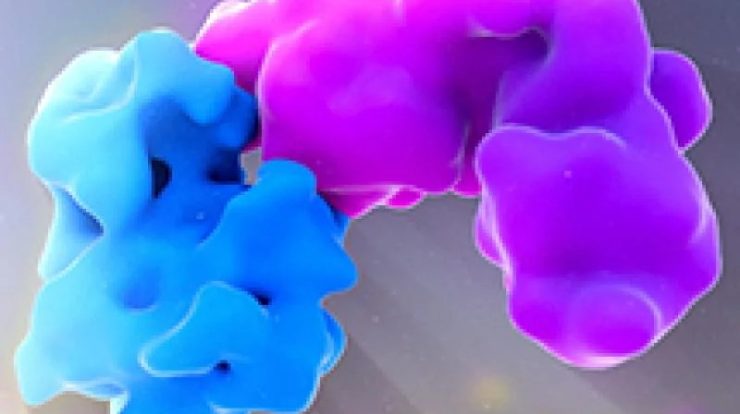Venn diagram of prokaryotes and eukaryotes – Venn diagrams offer a powerful visual representation of the similarities and differences between prokaryotes and eukaryotes, two fundamental groups of organisms that have shaped the history of life on Earth. This article explores the key characteristics of each group, their shared features, and their unique attributes, using a Venn diagram to illustrate the contrasting aspects of these fascinating organisms.
Prokaryotes and eukaryotes represent distinct domains of life, with prokaryotes being simpler, single-celled organisms lacking a nucleus or membrane-bound organelles, while eukaryotes are more complex, featuring a nucleus and a variety of specialized organelles within their cells.
Define Prokaryotes and Eukaryotes
Prokaryotes and eukaryotes are the two main types of cells. Prokaryotes are simpler and lack a nucleus, while eukaryotes are more complex and have a nucleus.
Key Characteristics of Prokaryotes
- Lack a nucleus or other membrane-bound organelles
- Have a single, circular chromosome
- Have a cell wall made of peptidoglycan
- Are typically smaller than eukaryotes
- Examples: bacteria and archaea
Key Characteristics of Eukaryotes
- Have a nucleus surrounded by a nuclear membrane
- Have multiple, linear chromosomes
- Have a cell wall made of cellulose or chitin (in plants and fungi, respectively)
- Are typically larger than prokaryotes
- Examples: animals, plants, fungi, and protists
Create a Venn Diagram

A Venn diagram is a visual representation of the similarities and differences between two or more sets.
Venn Diagram of Prokaryotes and Eukaryotes
| Prokaryotes | Eukaryotes | |
|---|---|---|
| Similarities | – DNA as genetic material | – DNA as genetic material |
| Differences | – Lack a nucleus | – Have a nucleus |
| – Have a single, circular chromosome | – Have multiple, linear chromosomes | |
| – Have a cell wall made of peptidoglycan | – Have a cell wall made of cellulose or chitin | |
| – Are typically smaller than eukaryotes | – Are typically larger than prokaryotes |
Similarities between Prokaryotes and Eukaryotes
Despite their differences, prokaryotes and eukaryotes share some important similarities.
Shared Characteristics
- Both have DNA as their genetic material
- Both have ribosomes for protein synthesis
- Both have a cell membrane
- Both use ATP as an energy currency
Differences between Prokaryotes and Eukaryotes

Prokaryotes and eukaryotes also have several important differences.
Unique Features of Prokaryotes
- Lack a nucleus or other membrane-bound organelles
- Have a single, circular chromosome
- Have a cell wall made of peptidoglycan
- Are typically smaller than eukaryotes
Unique Features of Eukaryotes
- Have a nucleus surrounded by a nuclear membrane
- Have multiple, linear chromosomes
- Have a cell wall made of cellulose or chitin (in plants and fungi, respectively)
- Are typically larger than prokaryotes
Significance of the Venn Diagram: Venn Diagram Of Prokaryotes And Eukaryotes

The Venn diagram of prokaryotes and eukaryotes is a useful tool for understanding the similarities and differences between these two types of cells.
Relevance
- Microbiology: Classifying and studying different types of microorganisms
- Evolution: Understanding the evolution of life from prokaryotes to eukaryotes
- Biotechnology: Developing new technologies and applications based on the differences between prokaryotes and eukaryotes
Essential FAQs
What is the main difference between prokaryotes and eukaryotes?
The presence of a nucleus and membrane-bound organelles is the primary distinction between prokaryotes and eukaryotes.
What are some examples of prokaryotes?
Bacteria and archaea are examples of prokaryotes.
What are some examples of eukaryotes?
Animals, plants, fungi, and protists are examples of eukaryotes.
